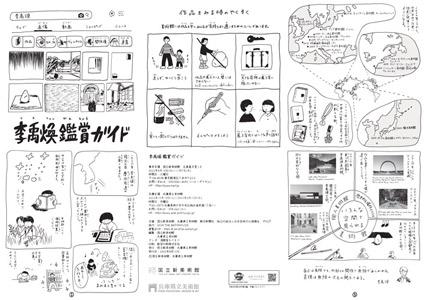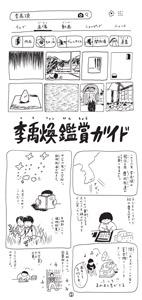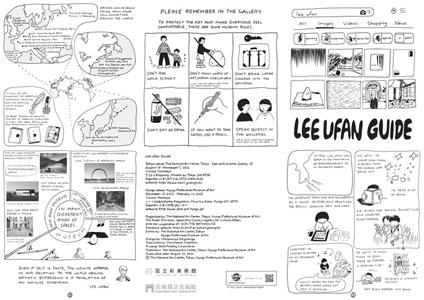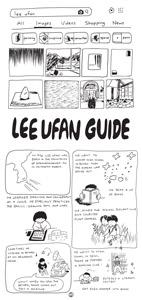Lee Ufan 15th Anniversary of the National Art Center, Tokyo
August 10 (Wed), 2022 - November 7 (Mon), 2022
- Past Exhibitions
- Special Exhibitions
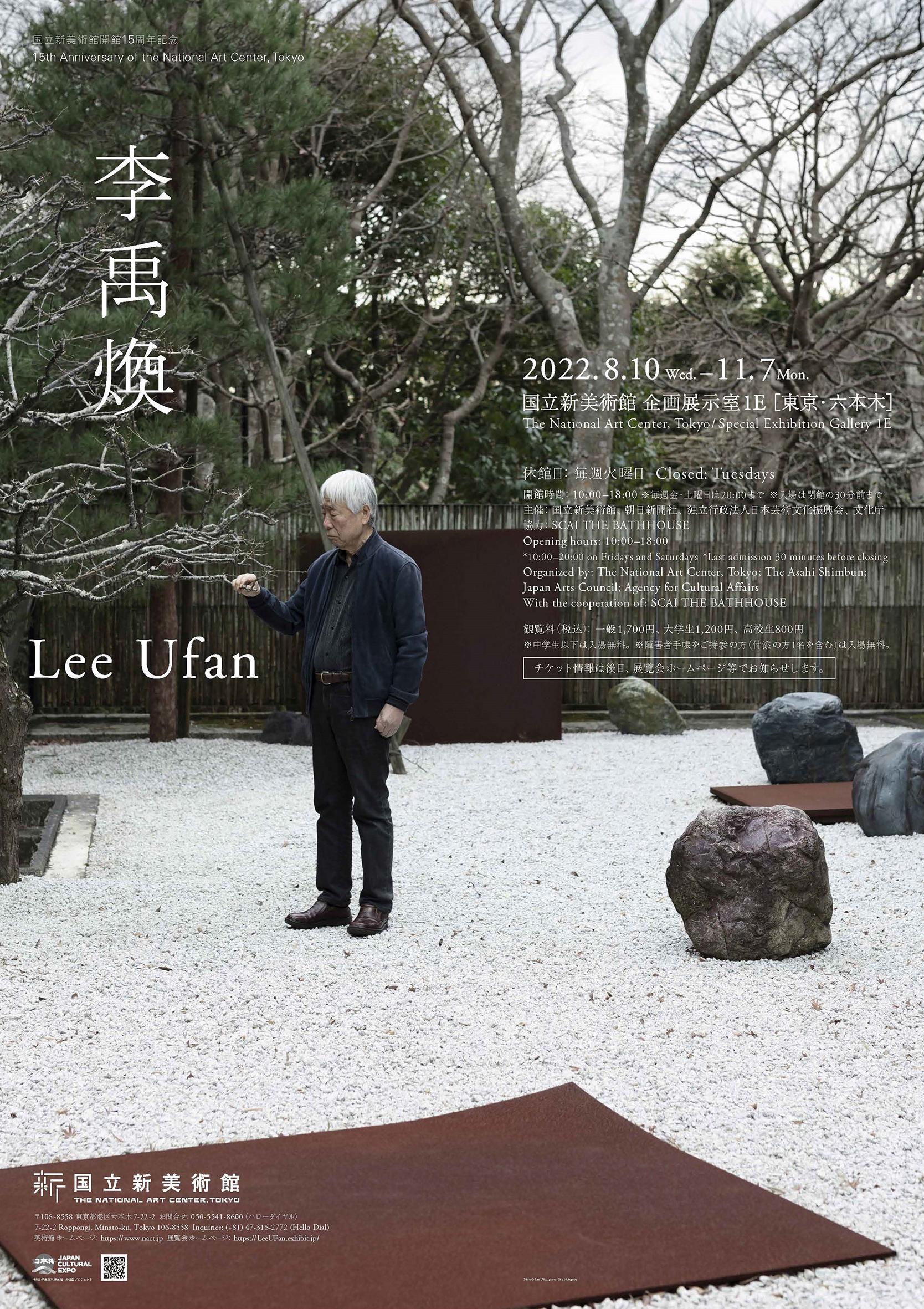
It is with great pleasure that we present a major retrospective by Lee Ufan (born in 1936), a contemporary artist who has received a great deal of attention internationally as a prominent member of the Japan-based Mono-ha group at the National Art Center, Tokyo commemorating its 15th Anniversary.
Eagerly absorbing a wide range of thought and literature from the East and the West, in the late ’60s and early ’70s, Lee, who focused on the uncertainty of vision, spearheaded Mono-ha (lit. “School of Things”) by combining natural and artificial materials in a temperate manner in both his visual art and writings. Moreover, Lee evolved a worldview based on the notion that all things are interrelated not only in his visual art but also in his writings.
Lee's works liberate art from the world of images, subjects, and meaning, and raise questions about the relationship between things, and things and people. This proves that the entire world exists synchronically and is mutually related. Oddly enough, the threat of the novel coronavirus has forced us to change our anthropocentric worldview. Lee's highly revelatory thought and practice provides us with insights about how we might escape this unprecedented crisis.
The exhibition assembles Lee's most important works, including everything from his earliest pre-Mono-ha pieces, which considered the problem of vision, the Relatum series, which changed the concept of sculpture, and his highly spiritual paintings, which produce a tranquil rhythm. In addition to showcasing Lee's past works, enabling us to trace the trajectory of his creation practice, the exhibition is also scheduled to include his latest ground-breaking efforts.
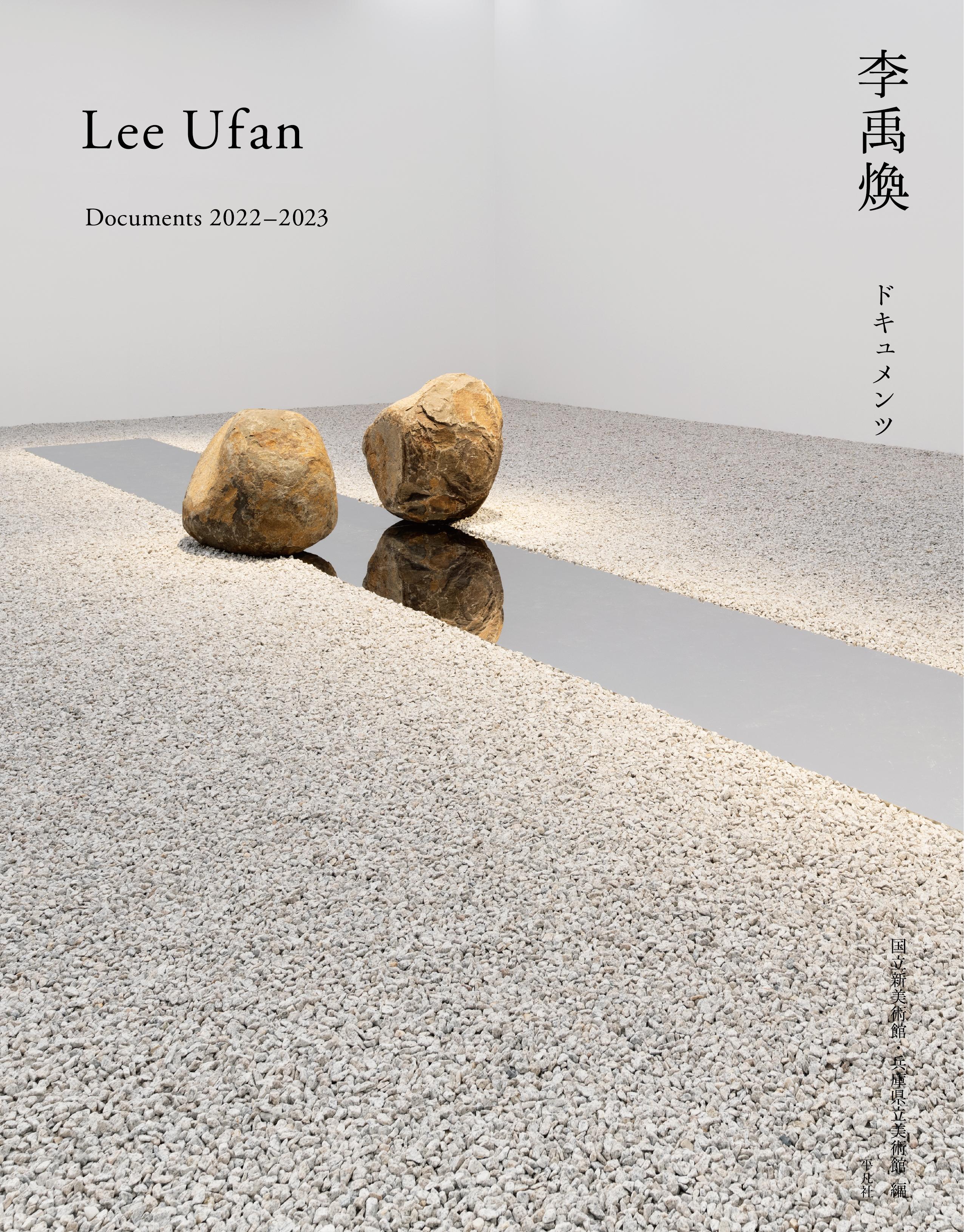
Lee Ufan: Documents 2022-23
Lee Ufan: Documents 2022–23 serves as a supplement to the exhibition catalogue Lee Ufan. This volume contains installation views of the exhibitions at the National Art Center, Tokyo and the Hyogo Prefectural Museum of Art, images of works (cat. 60–63) that were not included in the Lee Ufan catalogue because the works had not yet been slated for inclusion in the exhibition at press time, and documentation of the symposium held at the National Art Center, Tokyo as one of the events associated with the exhibition.
Overview
- Period
-
August 10 (Wed), 2022 – November 7 (Mon), 2022
Closed on Tuesdays
- Opening Hours
10:00-18:00
*10:00-20:00 on Fridays and Saturdays
(Last admission 30 minutes before closing)- Venue
-
The National Art Center, Tokyo
Special Exhibition Gallery 1E
7-22-2 Roppongi, Minato-ku, Tokyo 106-8558 - Organized by
The National Art Center, Tokyo; The Asahi Shimbun; Japan Arts Council; Agency for Cultural Affairs
With the cooperation of
SCAI THE BATHHOUSE
FY 2022 Japan Cultural Expo Project
- Touring Information
The Hyogo Prefectural Museum of Art: 2022.12.13 Tue. – 2023.2.12 Sun.
- Inquiries
(+81) 47-316-2772 (Hello Dial)
Admission (tax included)
| General | 1,700 yen (Adults), 1,200 yen (College students), 800yen (High school students) |
|---|
- Visitors who are junior high school students or younger will be admitted for free.
- Disabled persons (along with the one assistant) will be admitted for free upon presenting the Disabled Person’s Booklet or an equivalent form of government-issued ID.
- Free entrance to the exhibition for high school students from October 8 (Sat.) to October 10 (Mon.), 2022, upon presenting student ID.
- Tickets are available through the National Art Center, Tokyo (on sale from August 10, open days only), ONLINE TICKET (on sale from 10:00 on July 27) , Ticket PIA (in Japanese only, on sale from 10:00 on July 27).

- It has been decided that Group Tickets will not be sold for this exhibition.
- Reduction (100 yen off) applies to visitors who present the ticket stub of a current exhibition at The National Art Center, Tokyo; Suntory Museum of Art; or Mori Art Museum (Art Triangle Roppongi). Please show the ticket stub at the "Lee Ufan, 15th Anniversary of the National Art Center, Tokyo" exhibition ticket booth.
- Students, faculty and staff of “Campus Members”, can view this exhibition for 1,000 yen (students) and 1,500 yen (faculty/staff). Please purchase tickets at the "Lee Ufan, 15th Anniversary of the National Art Center, Tokyo" exhibition ticket booth.
- Credit card (UC, Master Card, VISA, JCB, AMEX, Diners Club, DISCOVER), e-cash (Suica, PASMO, ICOCA, etc.), iD, J-Debit and Union Pay are available for purchasing tickets.
Artist Profile
Lee UfanBorn in Gyeongsangnam-do, Korea, in 1936, Lee attended Seoul National University before moving to Japan in 1956. He later studied philosophy at Nihon University. Lee is known as a leading figure in Mono-ha, one of the most significant art movements in postwar Japan, which emerged in the late ’60s. |
Exhibition Highlights
Even if the self is finite, the infinite appears in our relation to the world around. Artistic expression is a revelation of an infinite dimension.
────Lee Ufan
The artist Lee Ufan personally determined the composition of this exhibition, which comprehensively highlights Lee’s work, development, and distinctive character from the dawn of his career in the 1960s to his most recent works. The exhibition is divided into two main sections, one focusing on sculpture and the other on painting, with the processes of his sculptures’ and paintings’ development presented in such a way that the viewer can follow each chronologically. Also, a large-scale stone and stainless steel work will be installed in the venue’s open-air exhibition space.
Appearing at the beginning of the exhibition are Landscape I, Landscape II and Landscape III (all 1968), a set of three paintings executed with pink fluorescent paint on canvas, which were included in the exhibition Contemporary Korean Painting (1968) at The National Museum of Modern Art, Tokyo and are representative of Lee’s early style. Like the pair of reliefs Fourth Structure A and Fourth Structure B (both 1968), also employing fluorescent paint, these works produce powerful optical illusions that disrupt the viewer’s vision. With their deceptive optical effects, these works embody trends that flourished in Japan in the late 1960s.
Relatum, ongoing since around 1968, is a series of three-dimensional pieces primarily comprising combinations of stone, steel, and glass. These materials are largely left unaltered, and rather than concepts or meanings, Lee’s focus is on relations: between object and place, object and space, object and object, object and image. Since the 1990s, Lee has also become more conscious of the dynamics of objects and environments, and has produced works in the Relatum series in which stone and steel forms are correlated. His more recent works have tended to be increasingly site-specific, as exemplified by Relatum – Dwelling (B) (2017), installed at the La Tourette monastery in France.
In 2014, Lee had a solo exhibition at the Palais de Versailles in France. Relatum – the Arch of Versailles, an enormous stainless-steel arch supported by two stones on either side, was installed outdoors at the site and drew widespread attention. After passing beneath one of Lee’s huge arches, the viewer is sure to experience their surrounding environment in a new way. In 2019, Porte vers l’infini was permanently installed in the town of Naoshima, Kagawa Prefecture. For the current exhibition, a new arched sculpture will be unveiled in the open-air exhibition space of the National Art Center, Tokyo.
After being inspired by Barnett Newman’s solo exhibition at The Museum of Modern Art, New York (MoMA) in 1971, Lee recalled the calligraphy he had learned in early childhood and became more interested in the expression of time in painting. The From Point and From Line series of paintings, launched in the early 1970s, present color in the process of gradually fading. These systematic series, which convey the passage of time through vestiges of actions, continued for approximately a decade.
In the 1980s Lee’s paintings took on a more chaotic aspect, with dynamic brushwork, as seen in the From Winds and With Winds series. From around the end of the 1980s, the number of brushstrokes progressively dwindled and empty space became increasingly prominent. In the 2000s, Lee radically curtailed his painterly actions, experimenting with reactions between just a few brushstrokes and blank, unpainted space, as in the series Correspondance and Dialogue. In contrast to the temporality of From Point and From Line, the paintings in these series are spatial in nature.
LEE UFAN GUIDE
movie
Lee Ufan Interview: restrospective exhibition 2022
Lee Ufan exhibition: making video
Related events
-
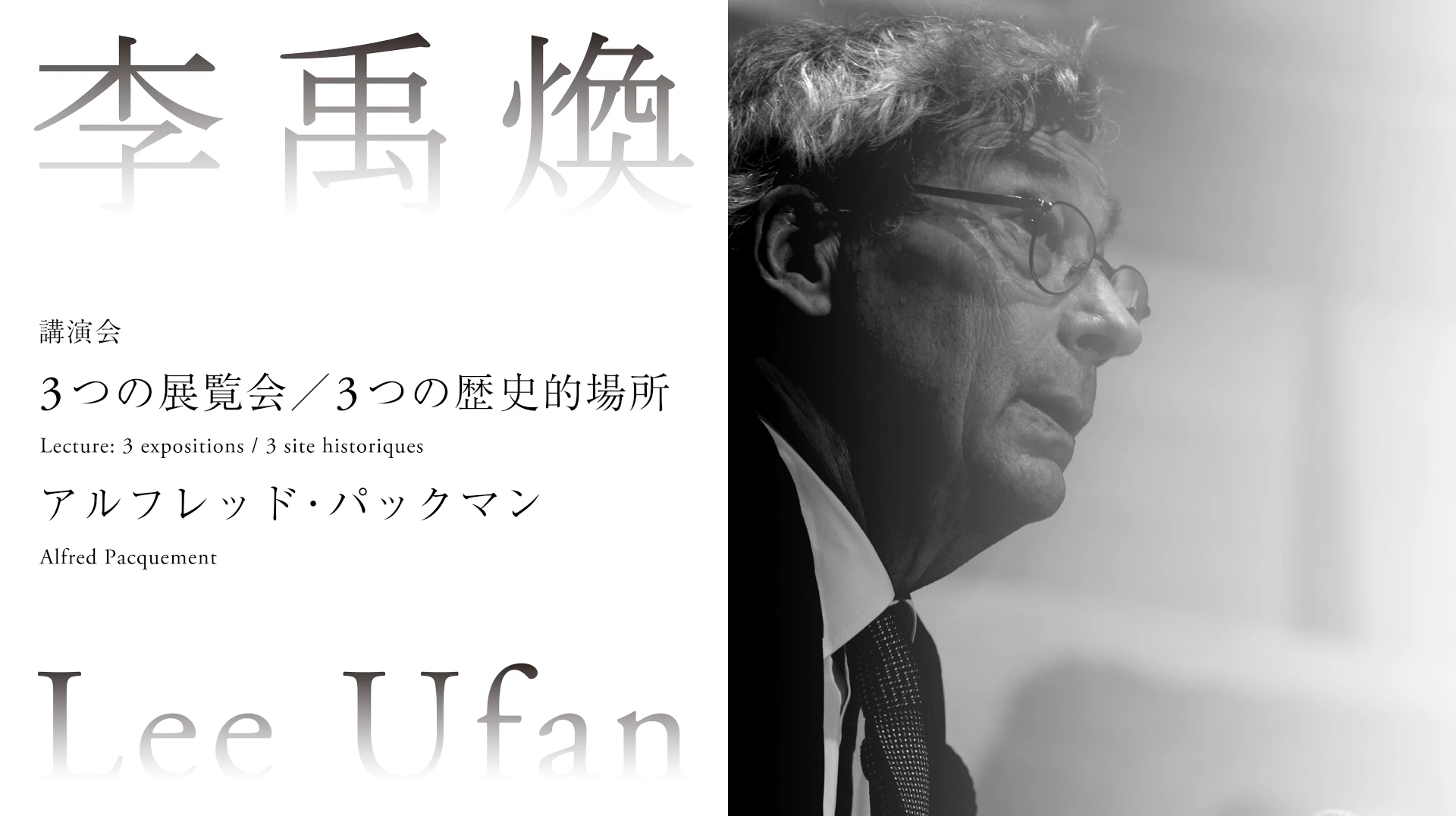
- Exhibition Related
Lecture "3 expositions / 3 site historiques" Alfred Pacqument
August 9 (Tue), 2022
-
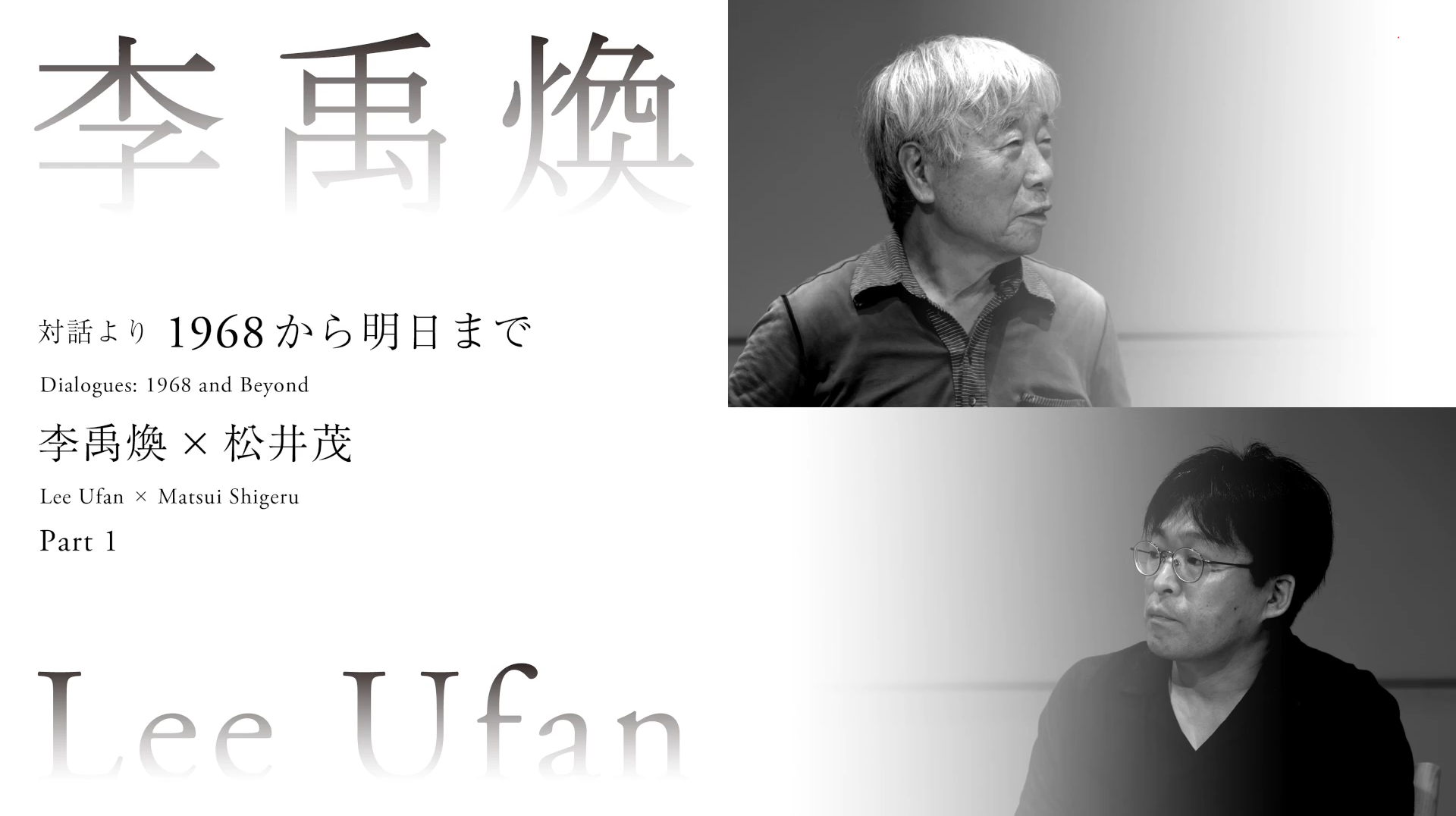
- Exhibition Related
Lee Ufan Dialogues: Matsui Shigeru and Lee Ufan
July 26 (Tue), 2022
-
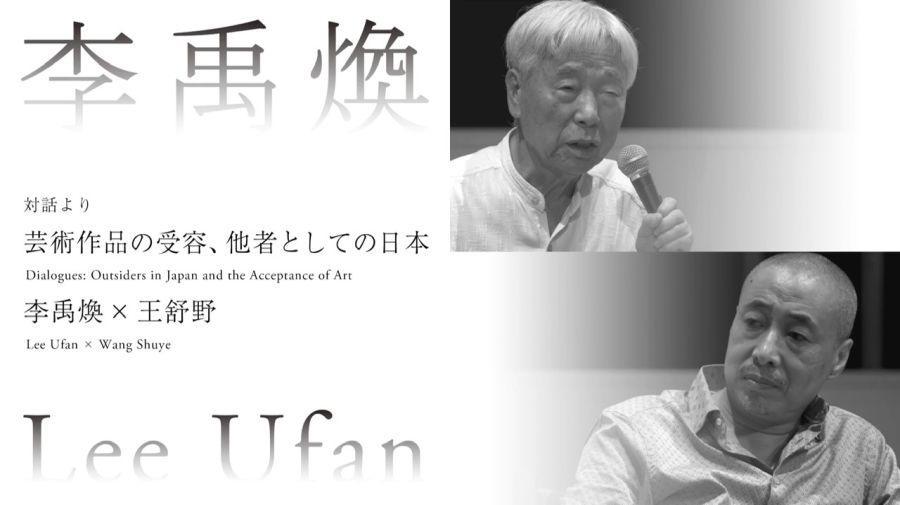
- Exhibition Related
"Lee Ufan: Dialogues" Wang Shuye and Lee Ufan
August 21 (Sun), 2022
-
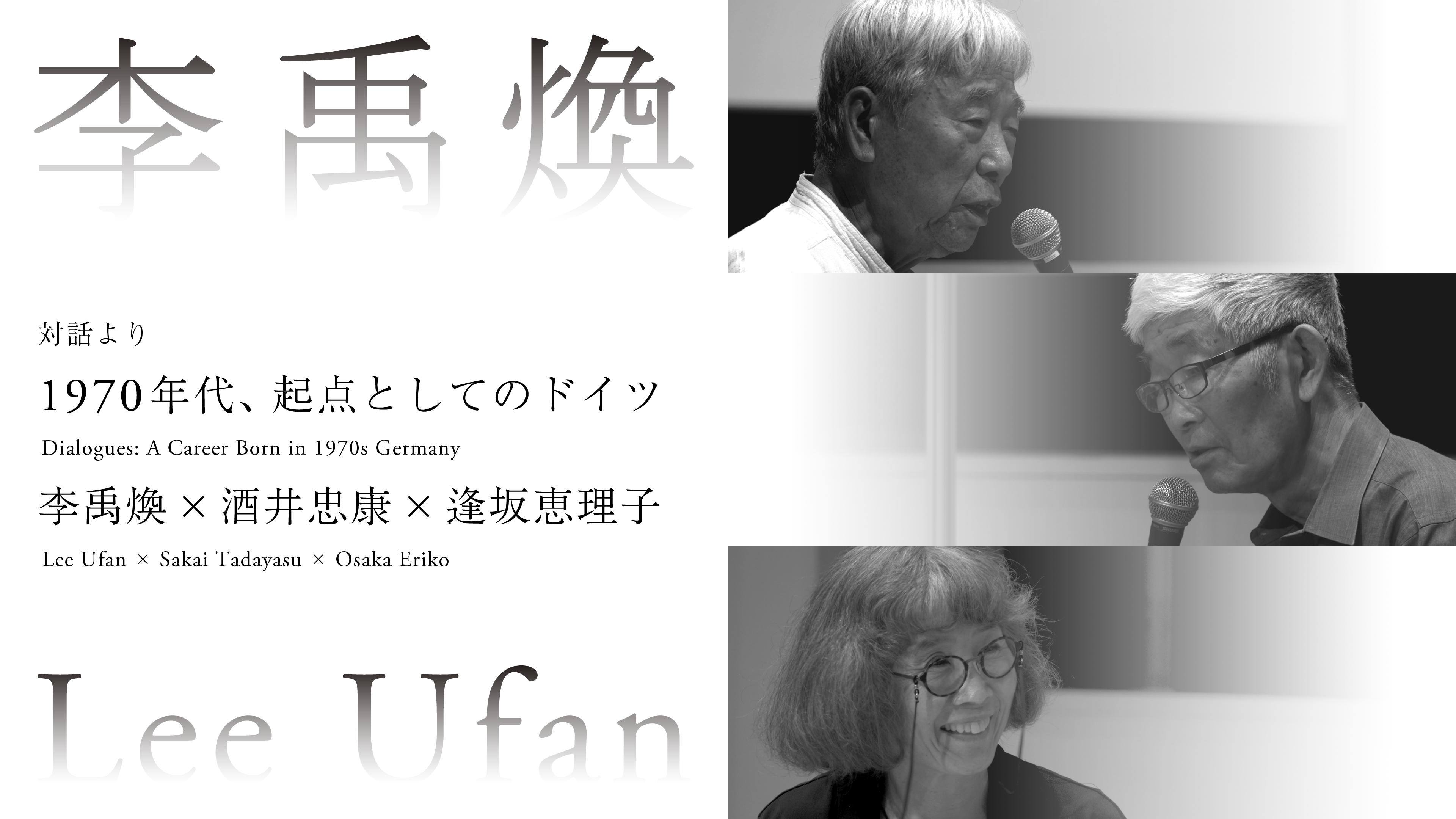
- Exhibition Related
"Lee Ufan: Dialogues" Sakai Tadayasu and Lee Ufan
August 27 (Sat), 2022
-
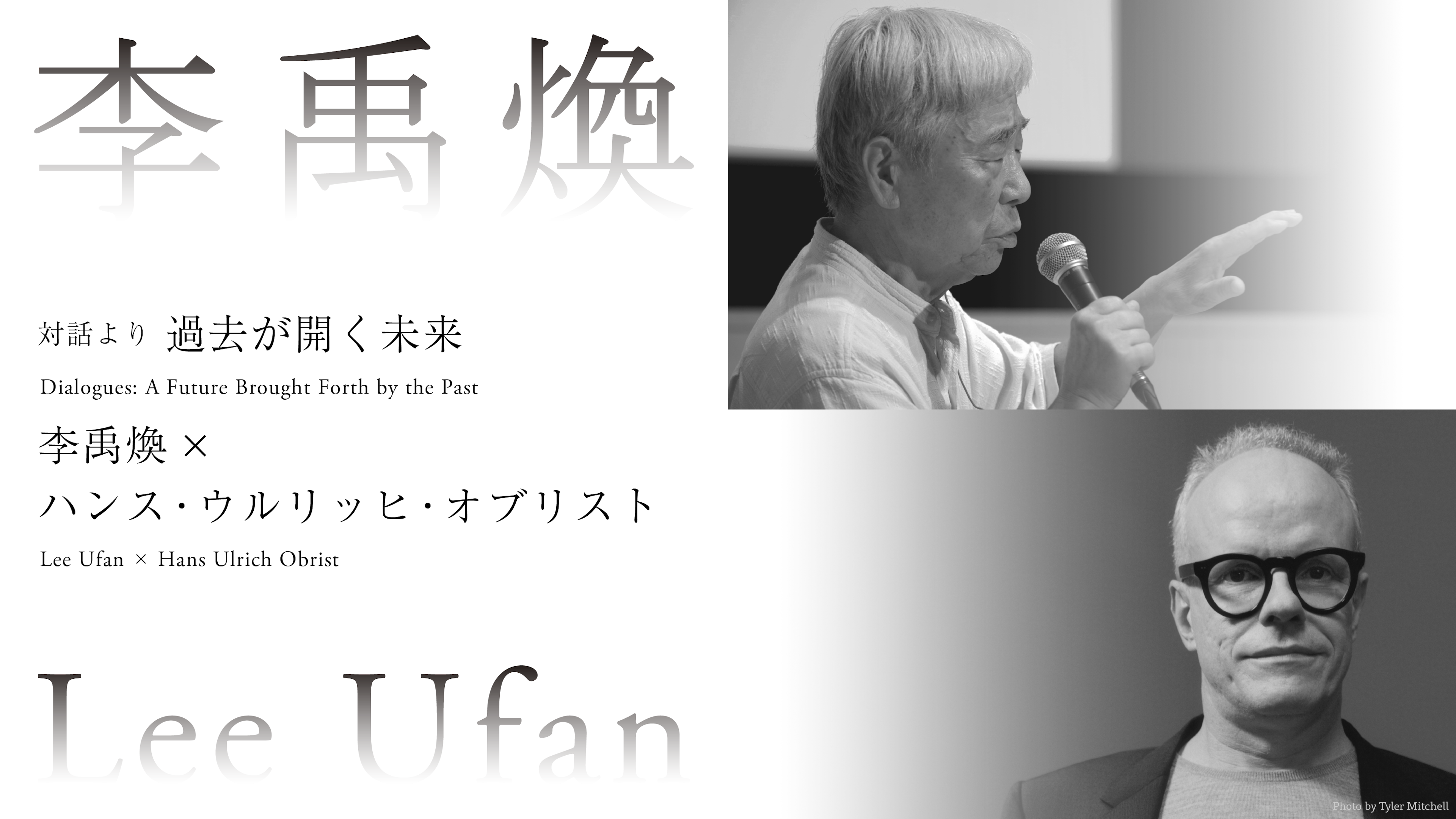
- Exhibition Related
"Lee Ufan: Dialogues" Hans Ulrich Obrist and Lee Ufan
September 4 (Sun), 2022
-
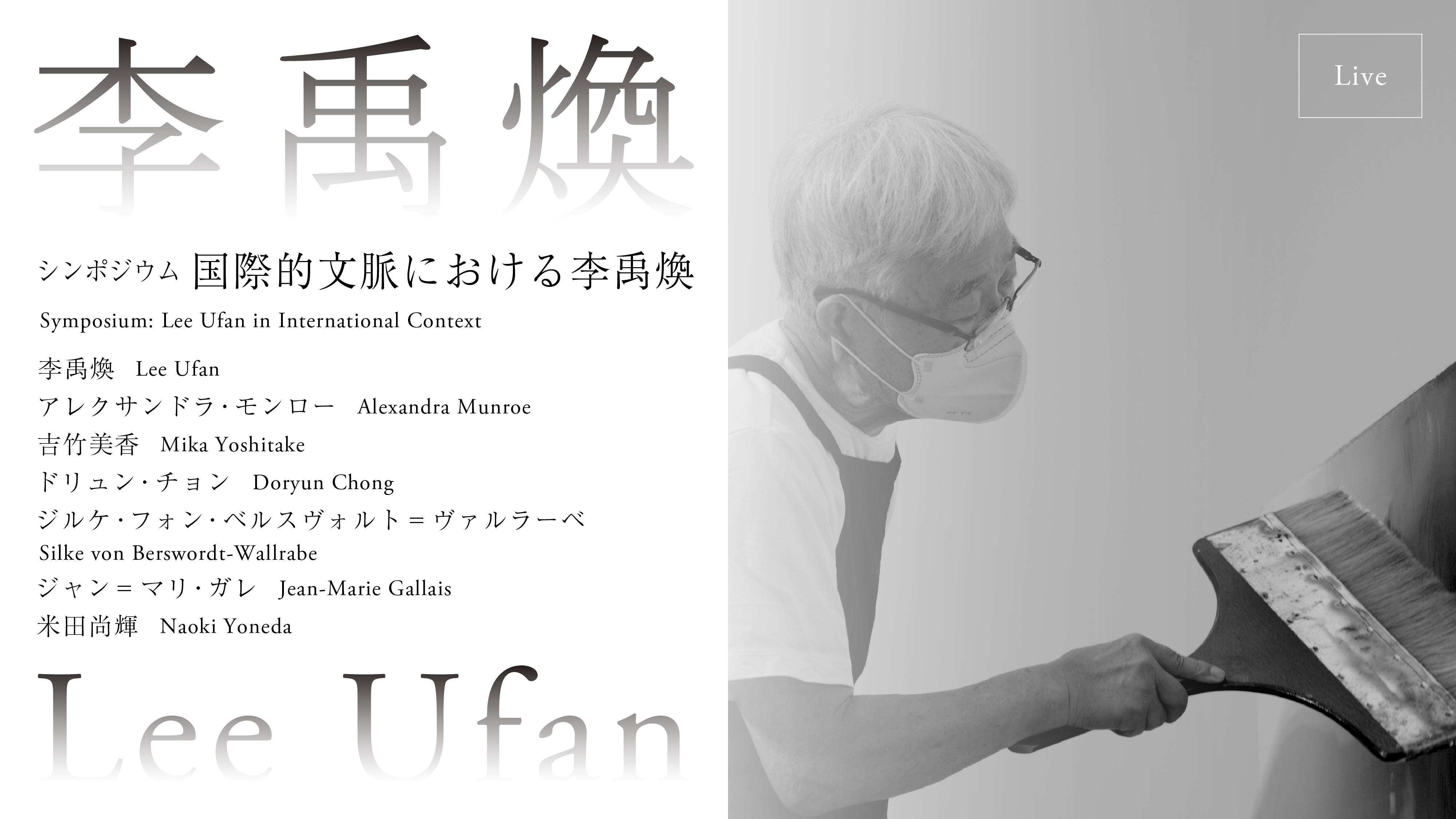
- Exhibition Related
Symposium: Lee Ufan in an International Context
September 11 (Sun), 2022
-
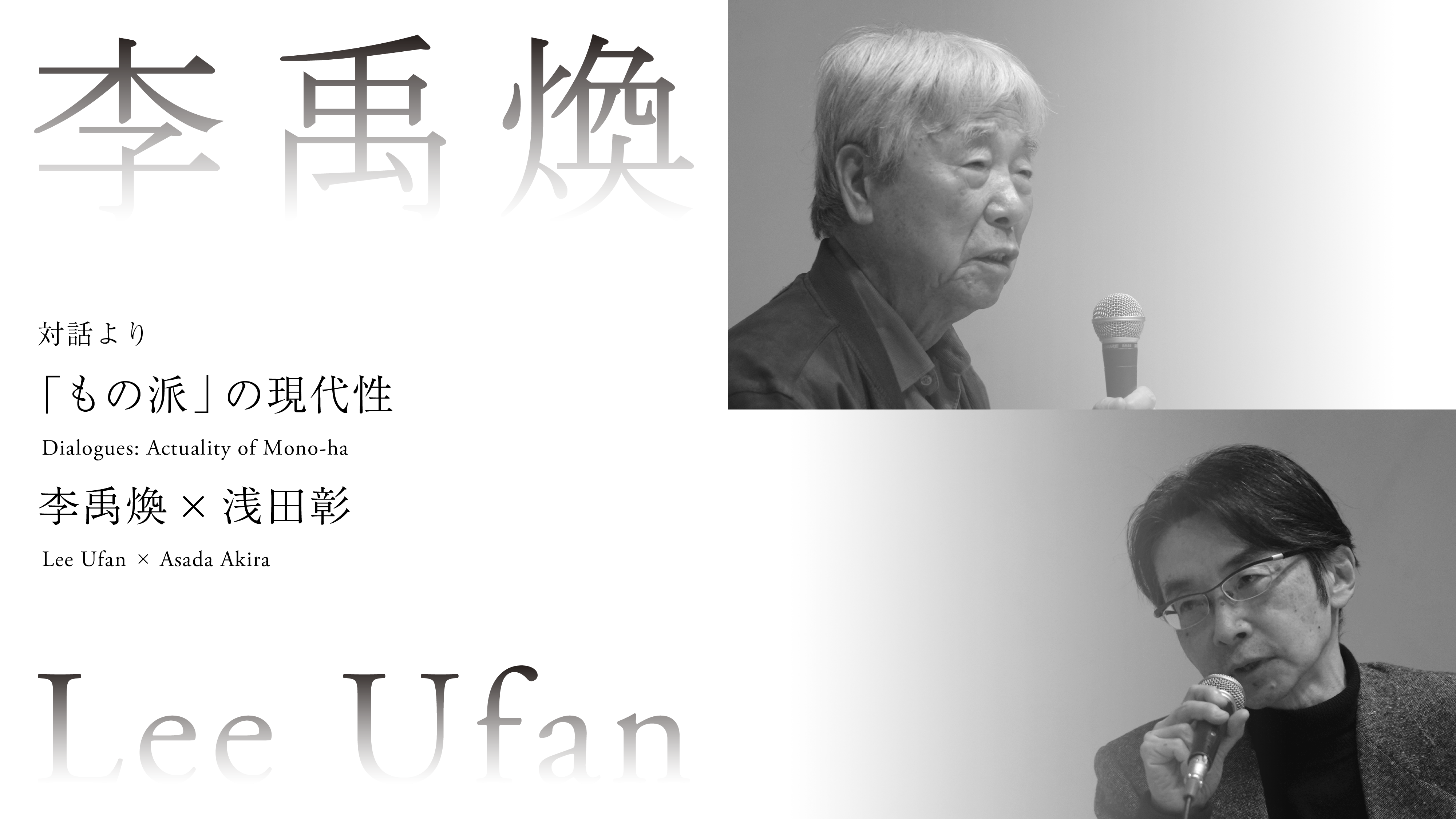
- Exhibition Related
Lee Ufan Dialogues: Asada Akira and Lee Ufan【Hyogo Venue】
December 17 (Sat), 2022
-

- Exhibition Related
Lee Ufan Dialogues: Ando Tadao and Lee Ufan【Hyogo Venue】
December 25 (Sun), 2022
-
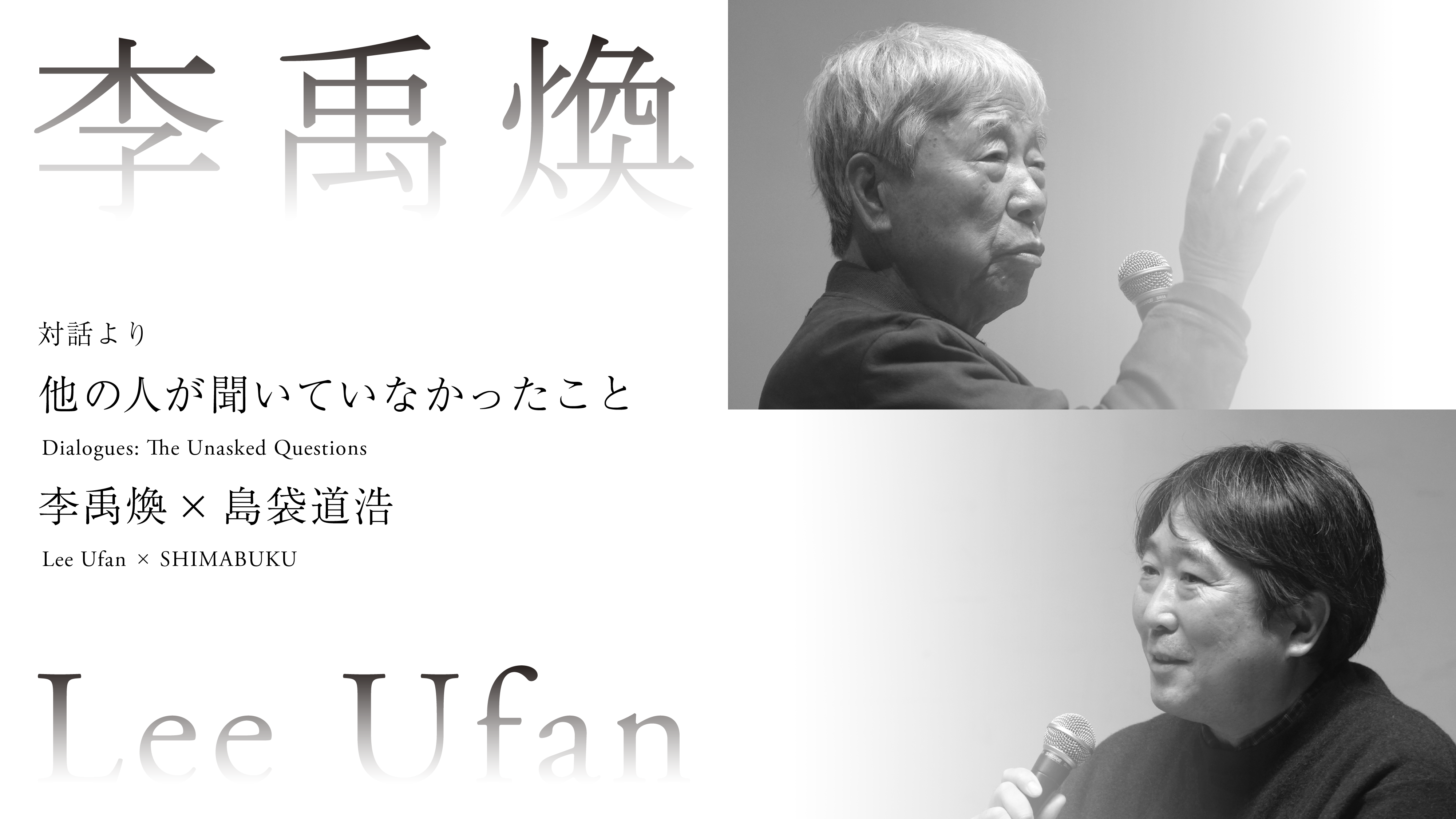
- Exhibition Related
Lee Ufan Dialogues: Shimabuku and Lee Ufan【Hyogo Venue】
December 25 (Sun), 2022

